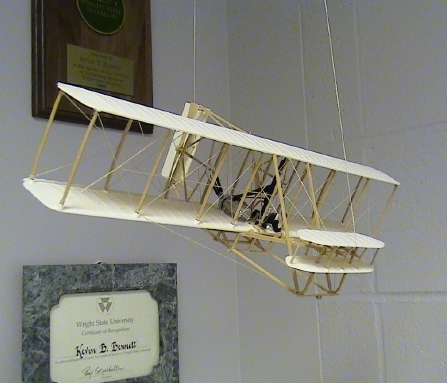
Cognitive Systems Engineering / Ecological Interface DesignDr. Bennett's primary research interests are in ecological display and interface design. Advances in computer technology provide powerful tools that can be leveraged to improve our work place. For example, the technology for creating computer graphics is extremely mature, AND, we humans are extremely effective at obtaining and utilizing visual information (see quote to the right). Thus, there is a great deal of potential to develop decision making and problem solving support systems. Unfortunately, this potential is rarely realized to its fullest extent. There are a number of underlying reasons, but a major contributor is that the design of effective displays and interfaces is just far more complicated than most people assume. The design framework that Dr. Bennett applies to cope with this complexity has been referred to as Cognitive Systems Engineering. Dr. Bennett, his colleagues, and students have applied this approach to interface designs in a variety of application domains including military command and control, process control, and aviation. The work domain of cyber operations is the current focus of our efforts. © Kevin B. Bennett, all rights reserved phone: 937-775-2444 |
"Another feature of the Wright Brothers' creative thought process that figured prominently in their advance toward powered flight was the great extent to which they used graphic mental imagery to conceptualize basic structures and mechanisms, even aerodynamic theory ......Wilbur and Orville's facility for nonverbal thought was among the most prevalent and salient aspects of their inventive method" (Jakab, 1990, pp. 4-5, emphasis added). Jakab, P. L. (1990). Visions of a flying machine: The Wright brothers and the process of invention. Washington, DC: The Smithsonian Institution Press.
|
|
